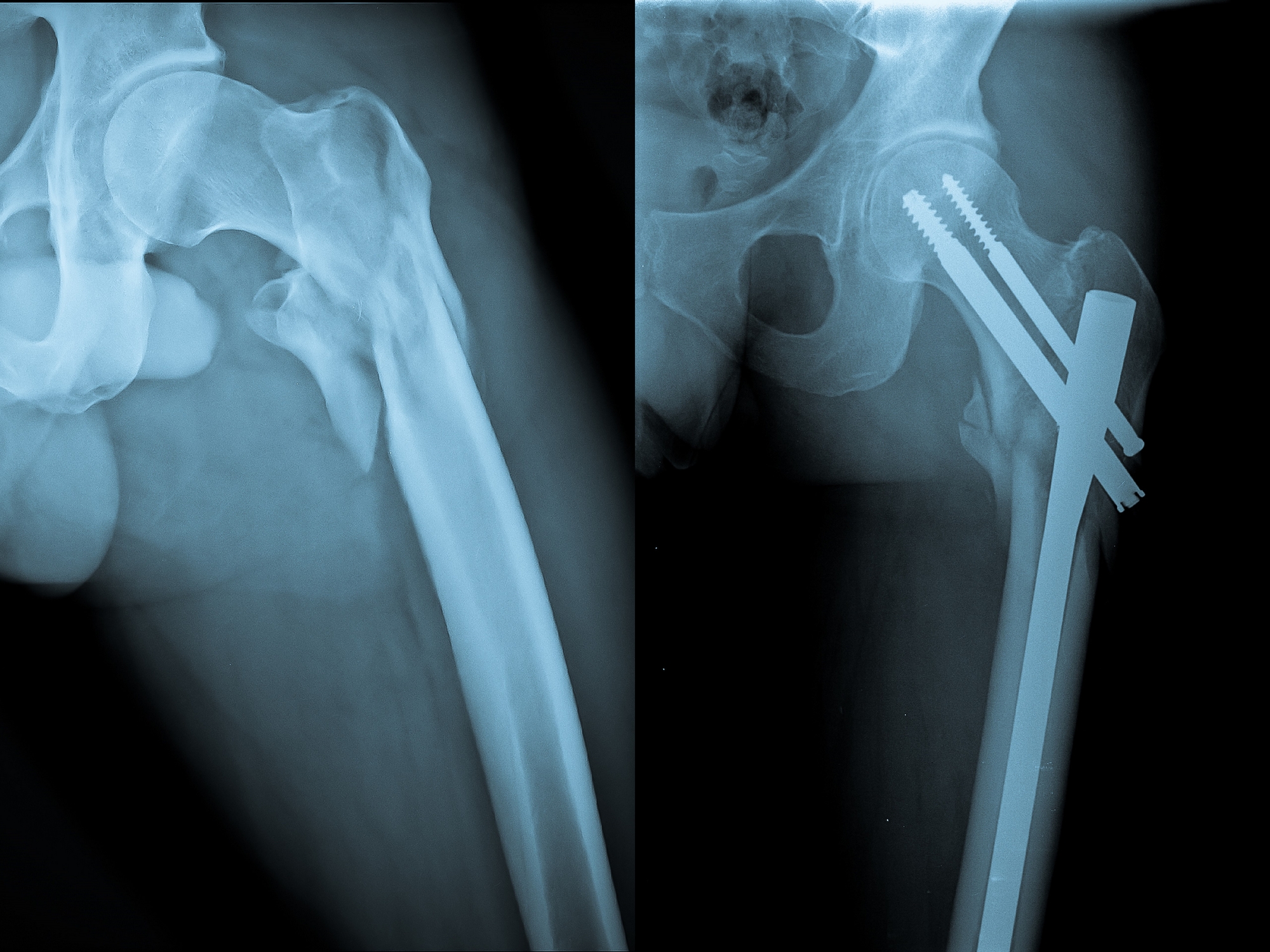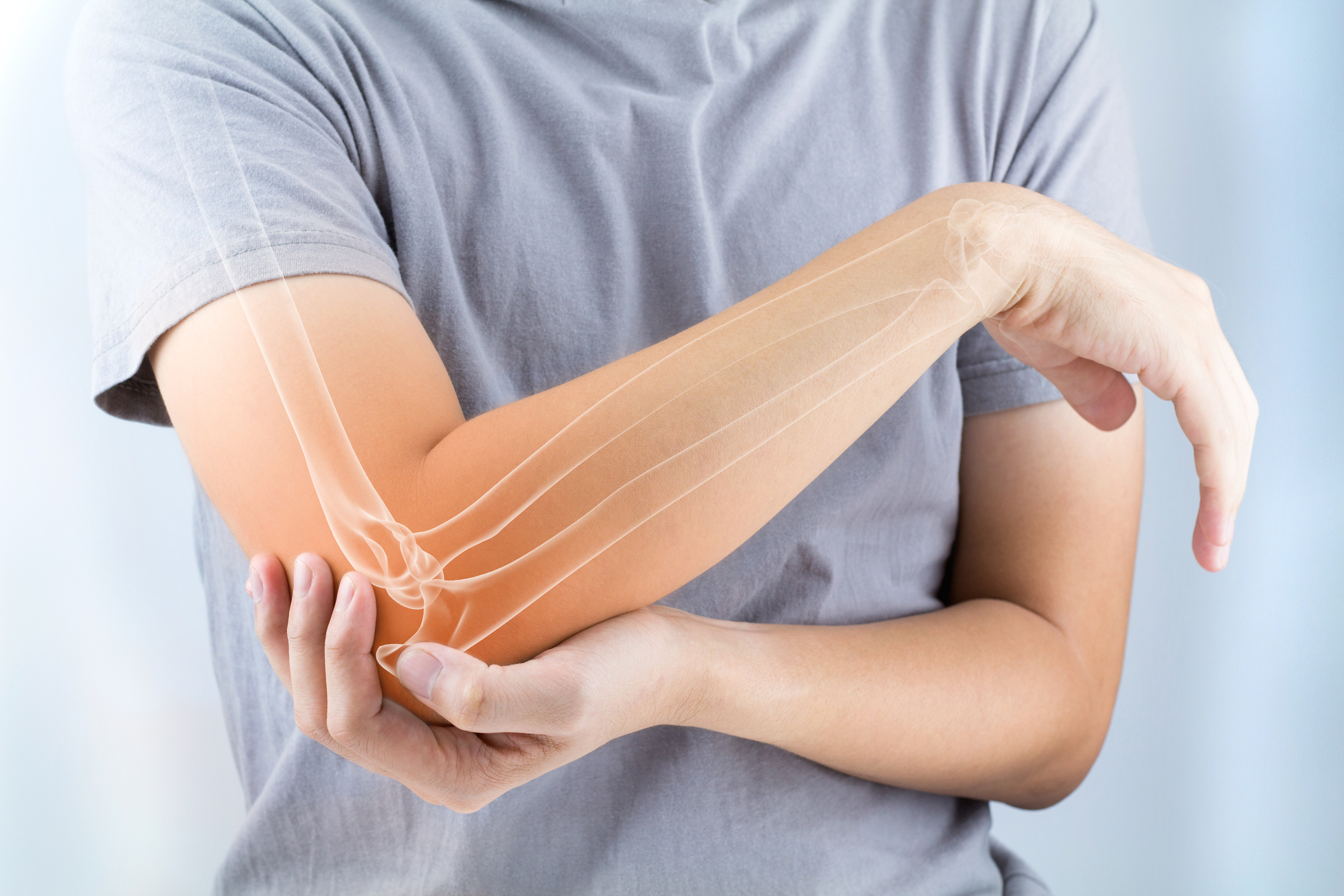China’s “Bone-Glue” Breakthrough: Miracle Fix or Sci-Fi Promise?
When I first read about Bone-02, China’s new “bone glue” inspired by oysters, my immediate reaction was: this sounds too good to be true. But the more I dug in, the clearer it became that this might actually be one of those rare medical advances that could change the orthopedic surgery game – for patients, surgeons, and even implant manufacturers.
ID 24341461 ©Ultra67 | Dreamstime.com
What is Bone-02?
Bone-02, developed by a research team in Zhejiang Province under Dr. Lin Xianfeng of Sir Run Run Shaw Hospital (affiliated with Zhejiang University), is a bio-adhesive designed to bond shattered or fractured bones in 2-3 minutes, even in blood-rich environments. When I read this, in Global Times, I was pleasantly surprised to find out that researchers have been working on this and that it has already been tested on people!
Key claims (unbelievable, I might say):
- Strong bonding: over 400 pounds (~181 kg) bonding force.
- Shear strength ~ 0.5 MPa, compressive strength ~ 10 MPa.
- Tested in over 150 patients so far.
I mentioned I was impressed, right?
And there is something even better.
Yes, it is possible:
Bone-02 is bioabsorbable: the glue degrades as the bone heals, so there is (in theory) no need for a second surgery to remove metal plates or screws.
Why it sounds almost unbelievable, but has a strong promise
What they seem to have solved:
Speed: Traditional fracture repair often requires large incisions and, placement of metal screws/plates, which can take hours. Bone-02 claims to fix fragments in minutes, reducing time under anesthesia.
Less invasion: No big metal hardware, fewer or no large incisions. That also means potentially fewer complications, less infection risk, and less surgical trauma.
Reduced follow-up surgery: Because the adhesive is bioabsorbable, there may be no need to remove hardware later – a huge benefit in terms of cost, risk, and recovery.
Benefits for travelers: This means that it might be easier for people who get injured when they travel, too. A shorter surgery for a broken bone.
And also travel-related, in case you were wondering why this article is on my travel and lifestyle site, if the glue delivers on its promise, this means a shorter recovery time, so fewer postponed or canceled travel plans. And trust me, it is awful to have travel plans and to cancel them due to a health issue – I had to cancel everything this year due to a knee issue (STILL not solved…)
What we don’t yet know, or what can hold it back:
- Long-term durability for load-bearing bones: e.g., femur, tibia, hip. Will the glue still hold up where pressures are high?
- How it performs in immunocompromised patients, those with osteoporosis, diabetics, etc.
- How standard or repeatable the application is – consistency, precision, costs. Manufacturing, sterilization, regulatory hurdles.
- Potential side effects or foreign body reactions over time (though preclinical/patient trials so far seem encouraging).
History / Past attempts
It’s not like this is totally new territory. Medical researchers have long sought the “holy grail” of bone adhesives. A few relevant examples:
- Current State of Bone Adhesives – Necessities and Hurdles (2019) reviews 30+ years of adhesive systems, biomimetic adhesives, synthetic polymers, etc., and lays out what’s been preventing clinical adoption: biocompatibility, strength, and regulatory issues. (read more here)
- OsStic™, a bone bio-adhesive evaluated in animal models (murine bone core assay) showed performance in small-scale trials. (more here)
- Materials like phosphorylated pullulan mixed with β-tricalcium phosphate have been explored (in Japan) as bioabsorbable bone replacement materials with adhesive properties. (MDPI)
So Bone-02 is building on decades of biomaterials research, but seems to cross into successful real-patient use, which is rare.
My own experience & why this matters personally
I’ve had two surgeries: one was a knee surgery (not a fracture, but an MPFL reconstruction). The recovery was slow; being under anesthesia, waking up, and then rehab took hours and discomfort.
I had metal implants (not removed later), the stress, time in surgery, healing, and risk of infection were real.
When I read about Bone-02, I thought: “What a great breakthrough for those who have broken bones, shorter, less invasive, less risky surgeries.”
If Bone-02 delivers on its promise:
- One surgery instead of several
- Much shorter time under anesthesia (which is not trivial – anesthesia has its own risks and the day after is no trip in the park, trust me!)
- Smaller incisions or maybe even an injectable application
- Less trauma, quicker recovery
These are huge wins for patients.
Who stands to lose – or change
If Bone-02 becomes standard, there will be big shifts in medical device markets (my two cents):
- Implant manufacturers who make plates/screws may see reduced demand for at least some fraction of fracture repairs.
- Orthopedic surgery suppliers who profit from long, hardware-intensive procedures.
- Hospitals and clinics that bill by surgery time/hardware may need to adapt.
On the other hand, companies invested in biomaterials, medical adhesives, regenerative medicine, and startup biotech firms are going to see a massive opportunity.
ID 78012225 ©Horillaz | Dreamstime.com
What’s being reported
Business Standard says the glue has already been tested in 150+ patients, with lab results showing strong for safety and strength.
Business Standard
LiveMint similarly reports the strong bonding force, the strength parameters, and bioabsorbability.
mint
TBS News, NDTV, etc., repeat the oyster-inspiration story, the speed (2-3 minutes), and that this could replace metal implants.
You can see here a short video.
Potential reactions & questions from people
It’s natural to ask:
“How much of this is marketing hype vs proven in clinical practice?”
“Would I trust this glue if I broke a bone?”
“What if I’m very active or an athlete – will it hold up over stress?”
“How much will this cost? Will it be accessible everywhere, or only in big hospitals / China?”
“Regulatory approvals elsewhere? Will it get FDA/EMA / EU/UK approval – that often takes years.”
I think many patients will be excited, but some will also be skeptical – rightly so. Surgeons will want peer-reviewed studies, follow-ups, and long-term data. Insurance companies will want cost-benefit analyses.
Conclusion: Sounds too good to be true – but it’s real
So is Bone-02 just hype? Some of it almost sounds futuristic – a glue that works in minutes, in bloody environments, that dissolves as your bone heals, with over 150 patient trials already. That said, the reported metrics (strength, safety) are convincing, especially as contrasted with past failed adhesives or implants that require removal or cause complications.
For patients like me, surgical recovery is hellish enough – shorter procedures, fewer risks, fewer follow-ups would be a game changer.
If this holds up under further trials, regulatory checks, and wider use, then I believe Bone-02 may mark a turning point. We may look back in 10–20 years and wonder: “Isn’t it amazing that we used to use screws and plates for everything?”
Final thoughts
This oyster-inspired medical glue could usher in a revolution in fracture repair – less invasive, faster healing, lower risk. But it’s not yet a replacement for all cases: there are big bones, high‐load stresses, regulatory licenses, and cost hurdles. For those who break bones (or fear they will), this is something to watch closely.





